Explaining Chemistry to a Child
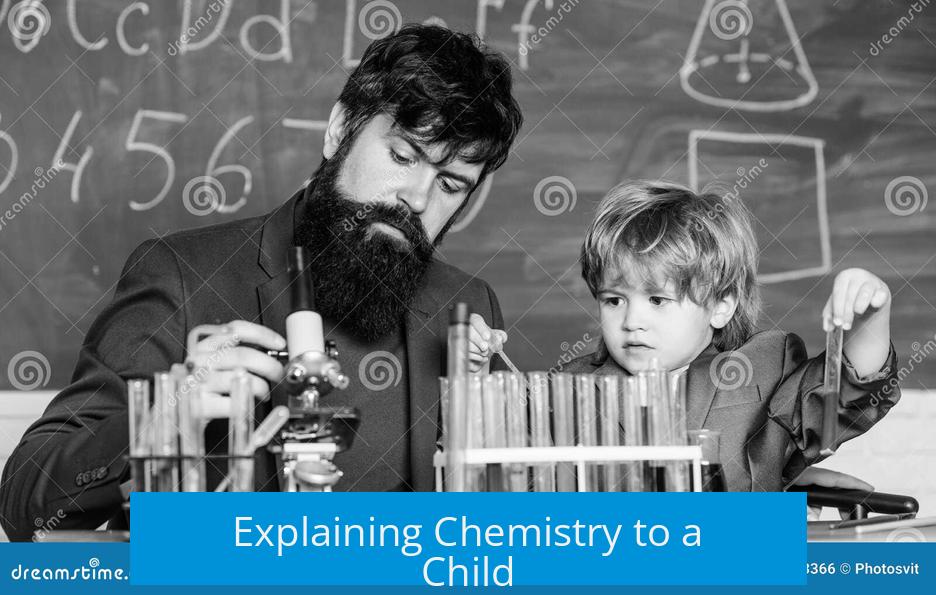
Chemistry is the science of tiny building blocks called atoms that make up everything we see, touch, taste, or smell. It studies how these atoms interact, stick together, or change to form different materials and substances. This helps us understand the world better.
What Is Chemistry?
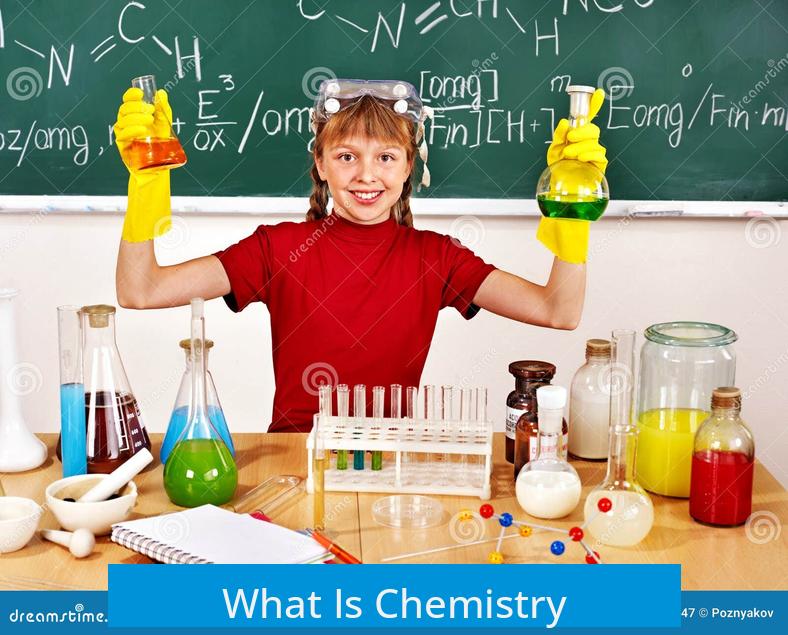
Chemistry explores matter and change. Matter is everything around us—solids, liquids, and gases. Chemists study what things are made of, down to the smallest bits called atoms. They look at how atoms combine or break apart to make new things.
Think of chemistry as “molecular architecture.” Atoms are like tiny Lego blocks you cannot see. By connecting these blocks in different ways, you can build all kinds of shapes. This is how chemical reactions create new materials.
Introducing Atoms and Elements
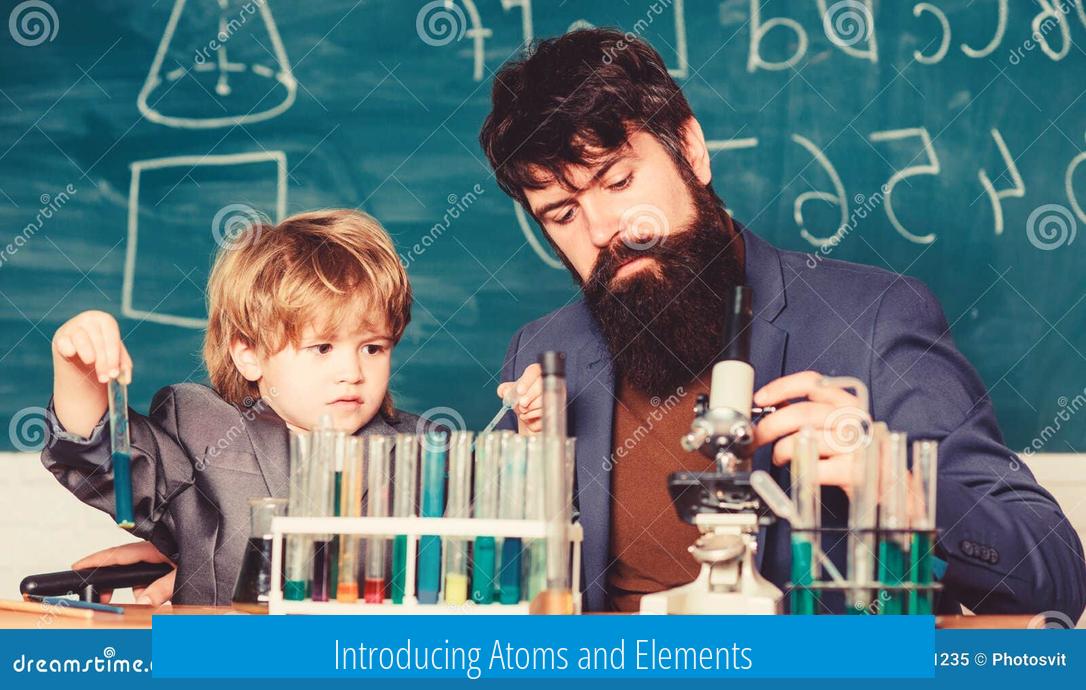
- Atoms are microscopic units forming all matter.
- Different atoms are called elements, such as oxygen or carbon.
- Some atoms like to join together, forming bonds.
- Others don’t bond easily and stay separate.
This interaction determines what kind of matter is formed. For example, water is made when hydrogen and oxygen atoms bond.
Keeping Explanations Simple and Accurate
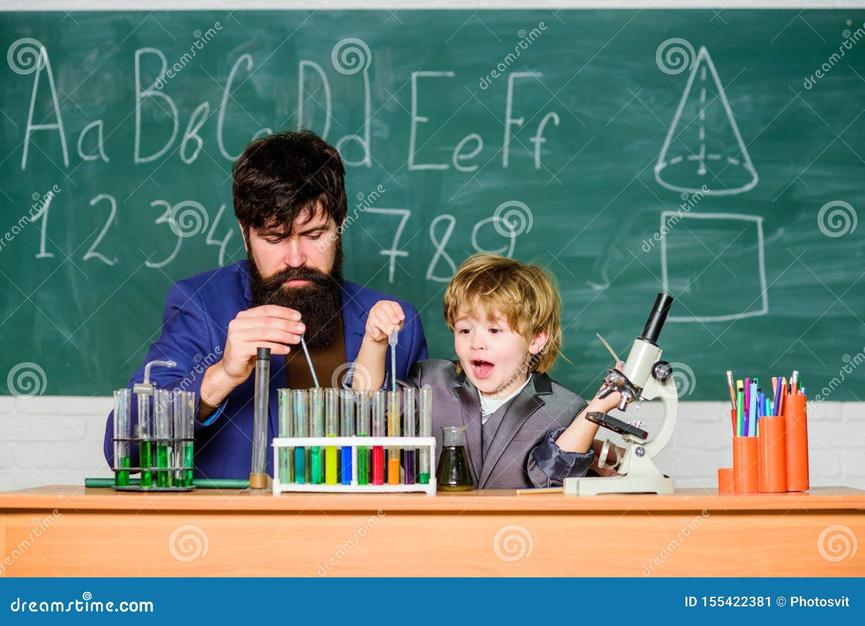
Avoid using confusing terms like valence or substitution with young children. Instead, focus on basic ideas: everything is made of atoms, these atoms can stick together, and chemistry explains how and why.
Using straightforward language—solids, liquids, gases, atoms, elements—helps children understand better than complicated analogies. Kids can take analogies too literally, which may cause misunderstandings.
Examples to Relate To
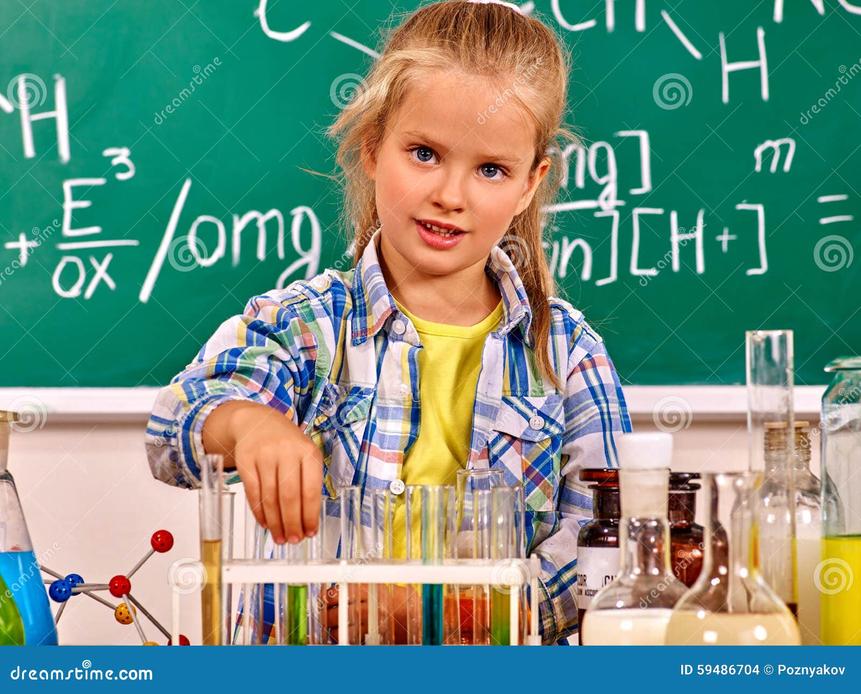
Water, sugar, and other familiar substances help illustrate atomic interactions. Explaining that sugar dissolves in water because its atoms separate and mix with water atoms can make the idea of change concrete.
Different Types of Chemistry
Chemistry spans many areas:
- Biochemists study life and living things.
- Geochemists explore rocks and soils.
- Analytical chemists focus on measuring chemicals.
Each field applies chemistry’s core ideas in unique ways but always involves atoms and their interactions.
Key Takeaways
- Chemistry studies matter, atoms, and their changes.
- Atoms are tiny building blocks called elements.
- Atoms bond to form everything around us.
- Simple, correct terms help children understand chemistry.
- Real-world examples like water and sugar clarify ideas.
Explaining Chemistry to a Child: Building Curiosity with Tiny Lego Blocks
How do you explain chemistry to a child without turning them off with jargon or losing their attention with oversimplification? The trick lies in balancing honesty and clarity while sparking curiosity. Chemistry is not just a subject—it’s the story of the world’s tiniest building blocks and how they interact to make everything we see, touch, and taste. Let’s unwrap this fascinating tale with kid-friendly words that are still true to science.
Think of chemistry as the study of matter and how it changes. But instead of just saying “matter,” it helps to zoom in further—way further—to the microscopic level where atoms live. That’s where the real magic happens.
What is Chemistry? The Real Story (Without the Fuss)
Many say chemistry is about studying matter. Fair enough. But it’s easier (and more fun) to say it’s the study of change. After all, chemistry explains why a cake turns from batter to a fluffy treat or why leaves change color in autumn.
Calling chemistry “sticky stuff” feels odd and misleading. Why reduce it to that? Instead, chemistry is like molecular architecture. Imagine tiny Lego blocks so small you can’t see them. Each block is an atom. With these blocks, you build everything around you: trees, water, your favorite snack. Different blocks snap together in endless combinations, making different things.
So, chemistry is the “Lego science” of the world: understanding how these tiny pieces fit and change. It’s the blueprint behind all materials and reactions happening all the time—even inside your body!
Atoms and Matter: The Building Blocks Kids Can Grab Onto
Every tangible thing in life—air, toys, water, food—is made of matter. And matter is made of tiny building blocks called atoms.
Explaining atoms to kids can be a matter of showing what they do rather than listing dry facts. For example, water is made of two hydrogen atoms and one oxygen atom—like a tiny trio holding hands. Sugar is another mix of atoms arranged differently. This way, children see that different “Lego sets” create different things.
But chemistry isn’t just one thing—there are several exciting fields. Biochemists peek into the chemistry of living things, geochemists study rocks and soils, while analytical chemists measure and analyze substances. You don’t have to overload kids with all this. It’s enough to say chemistry helps us understand many parts of the world.
Keep It Simple, But True: How to Talk Chemistry to Young Minds
Trying to explain atomic valence or substitution reactions to an 8-year-old? That’s like giving a toddler a hammer and expecting a cathedral. Instead, it’s smarter to start broad.
Tell them everything is made of atoms and briefly describe what atoms are—tiny particles, smaller than a speck of dust. Highlight the fact that atoms can stick together—that’s how molecules form.
Use examples they know, like water and sugar. Water’s atoms stick in one way, sugar’s in another. This shows variations without dragging kids through chemical equations or complex terms. Kids learn better when they connect chemistry to their daily life.
Beware of Analogies: Simple, Not Silly
Analogies can be tempting—compare atoms to Lego blocks, molecules to friends holding hands, or reactions to dances. But children might take things too literally and get confused or distracted.
Instead, keep explanations straightforward. Kids are smarter than you think, and often sharp enough to understand cut-back, clear answers rather than flimsy stories that stretch reality.
Core Chemistry Explained: Atoms, Elements, and Bonds
| Concept | Child-Friendly Explanation |
|---|---|
| Atoms | Tiny building blocks that make up everything in the world, like super small Lego pieces. |
| Elements | Different types of atoms—like different colored Lego pieces—that combine in many ways. |
| Atom Interaction | Atoms can stick together or not, like friends deciding who to hold hands with. |
| Chemistry | The study of how these blocks behave and make everything around us. |
Explaining chemistry this way encourages kids to see the world as a big puzzle made of tiny pieces. They understand that scientists study how these pieces fit and react—helping us invent new medicines, create tasty foods, and clean our environment.
Why Teaching Kids Real Chemistry Matters
When kids hear truthful, simple explanations, they build durable knowledge. Misleading simplifications or silly analogies risk confusing or underestimating their intelligence. Taking the molecular architecture approach respects their brainpower and curiosity.
Moreover, this approach lowers barriers to STEM subjects later on. It shows chemistry isn’t scary or boring—it’s the ultimate science of building and changing stuff, just like playing with Legos but with real-world superpowers.
Practical Tips for Parents and Educators
- Focus on observable matter: what kids see, touch, or use daily.
- Use correct terms like “atoms,” “molecules,” “solid,” “liquid,” “gas”—but explain them simply.
- Avoid heavy details or jargon initially; start broad and clear.
- Demonstrate simple experiments, like mixing baking soda and vinegar, to show reactions in action.
- Answer their questions honestly but briefly to keep fascination alive without confusing them.
Imagine a child looking at a sunset and understanding it as a chemical dance of molecules in the air reflecting light differently. That’s science igniting wonder, and explaining chemistry to a child opens the door to that magical understanding.
So next time you hear a kid ask, “What is chemistry?” give the shortest, simplest, and truest answer: It’s the science of tiny building blocks called atoms coming together and changing to make everything we know. From there, let imagination and curiosity build the rest.
What is a simple way to explain chemistry to a child?
Chemistry is the study of tiny building blocks called atoms. These atoms come together like small Lego pieces to make everything around us. By learning how they join and change, kids can understand how the world works.
How can I introduce atoms and molecules to young children?
Tell them everything is made of little atoms. Atoms join in different ways to form molecules like water or sugar. Avoid complex ideas; focus on the fact that these tiny parts build all things they know.
Why should I avoid using too many analogies when explaining chemistry?
Children might take analogies literally and get confused. Simple, clear explanations help them understand better without mixing up ideas. Straightforward words like atoms, solids, and liquids work best.
Should I explain detailed chemistry concepts like valence to young kids?
It’s better to avoid complex topics like valence or substitution with young children. Focus instead on basic ideas about atoms and how they stick together or don’t. Keep it broad and age-appropriate.
How can I connect chemistry to things children already know?
Use everyday examples such as water and sugar. Explain these are made of atoms that connect in special ways. This helps kids see chemistry in the world around them without feeling overwhelmed.


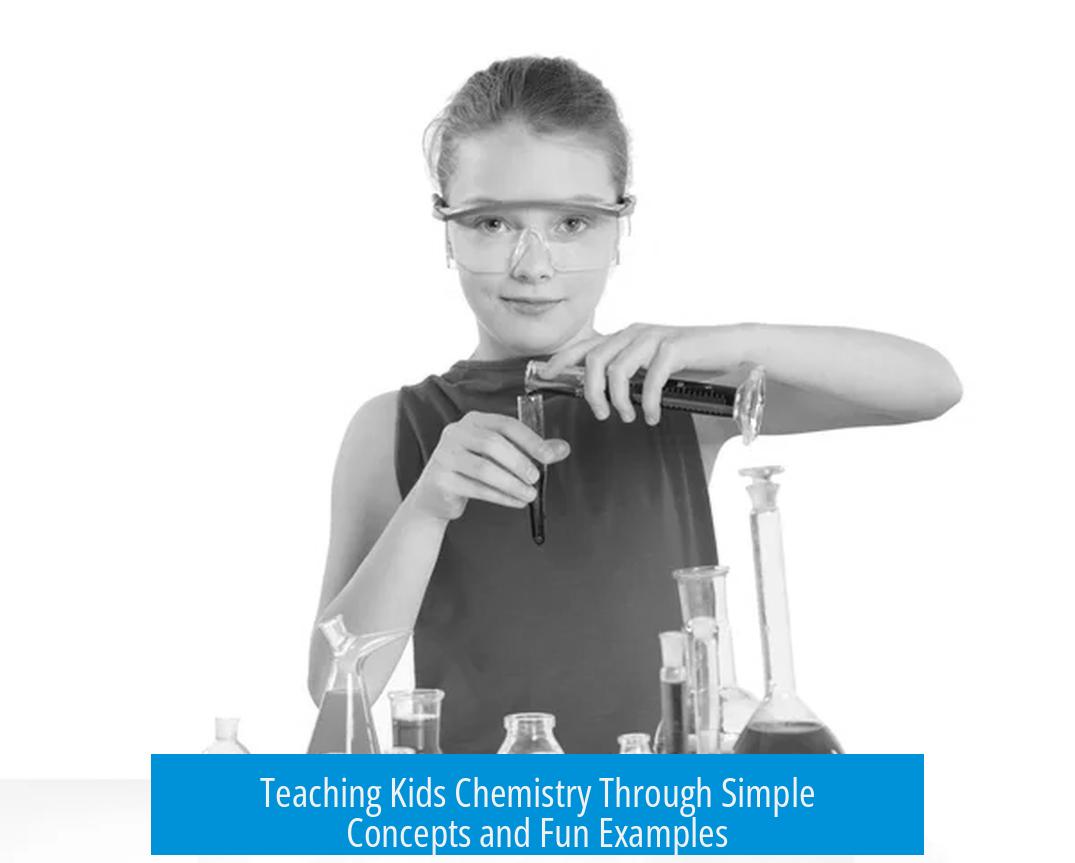
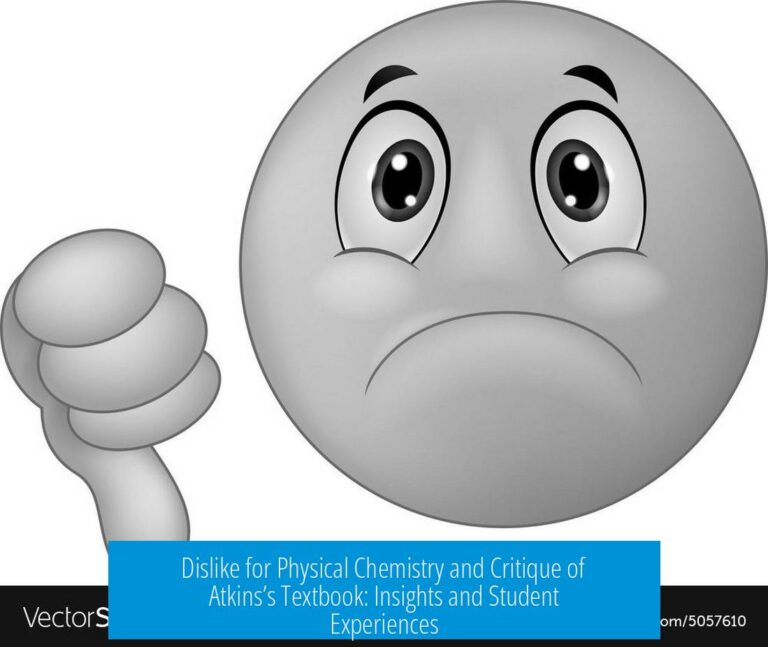
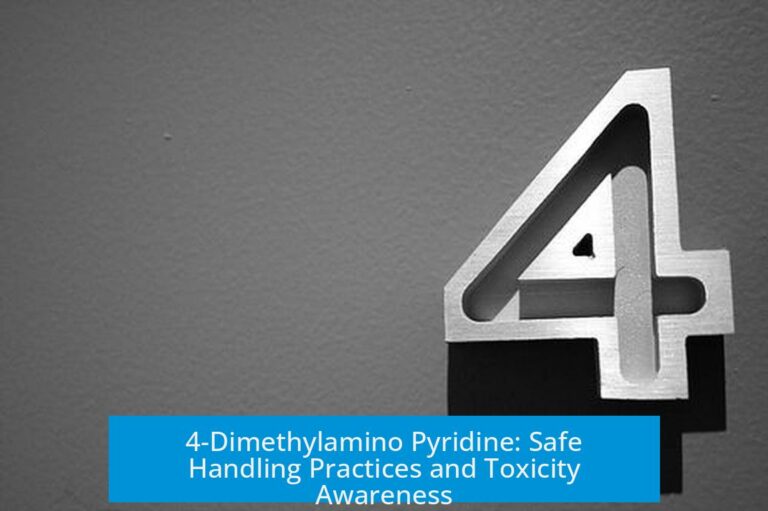
Leave a Comment